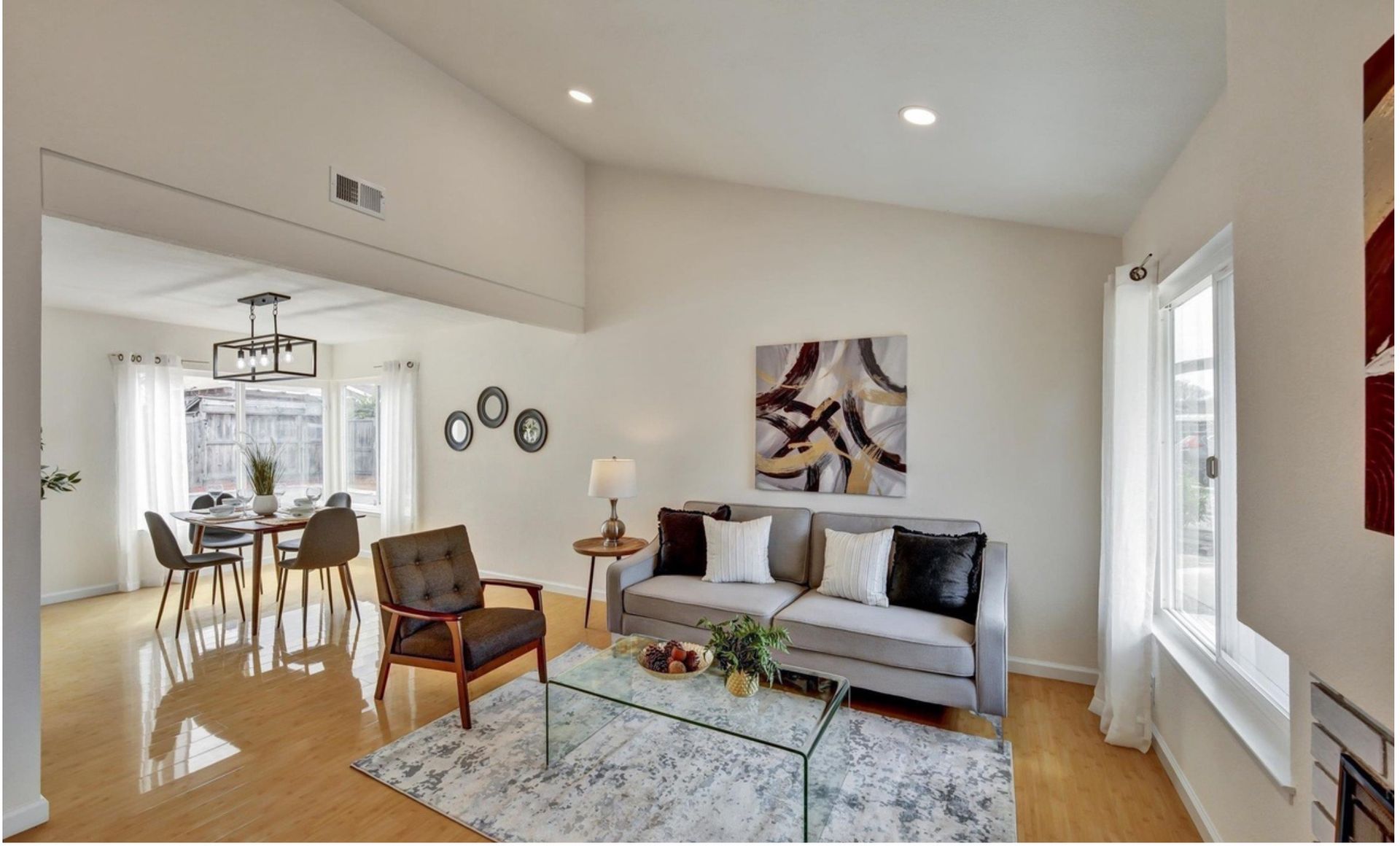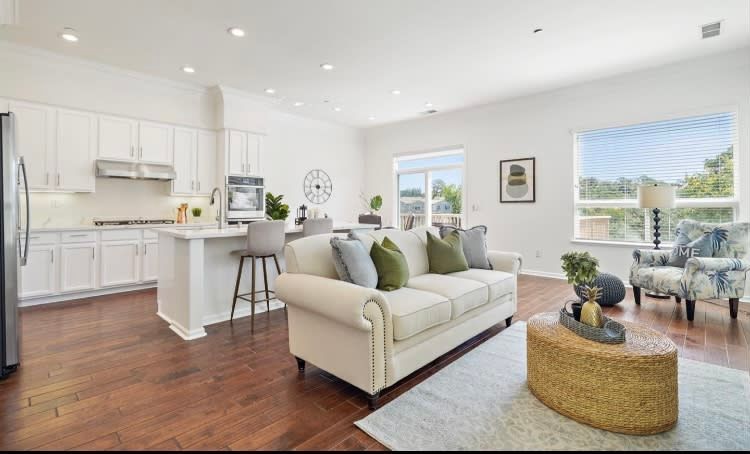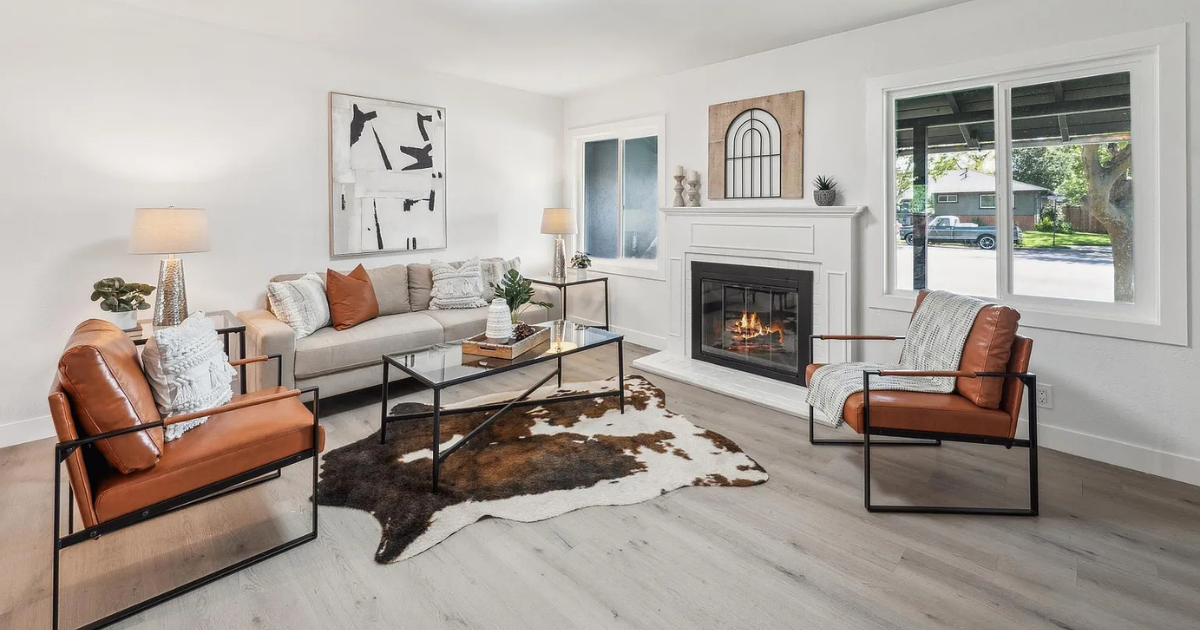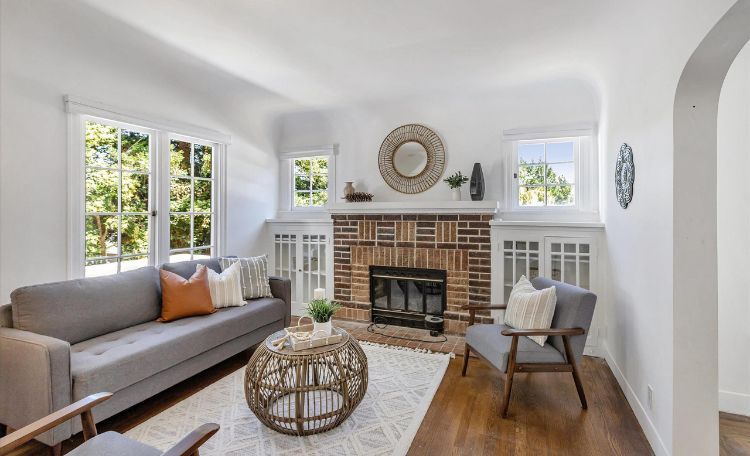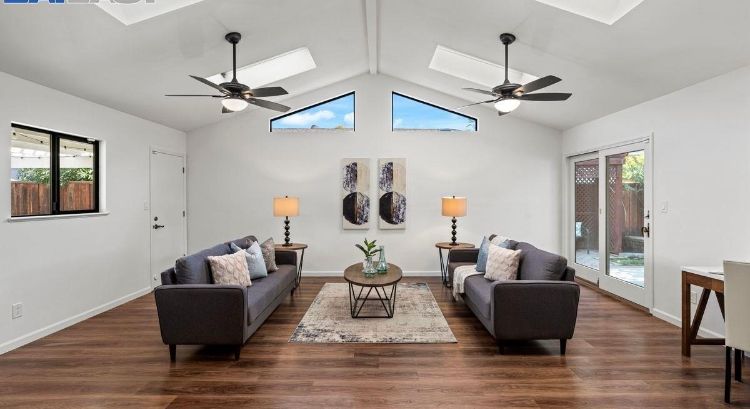The Role of Smell, Sound & Lighting in Home Staging
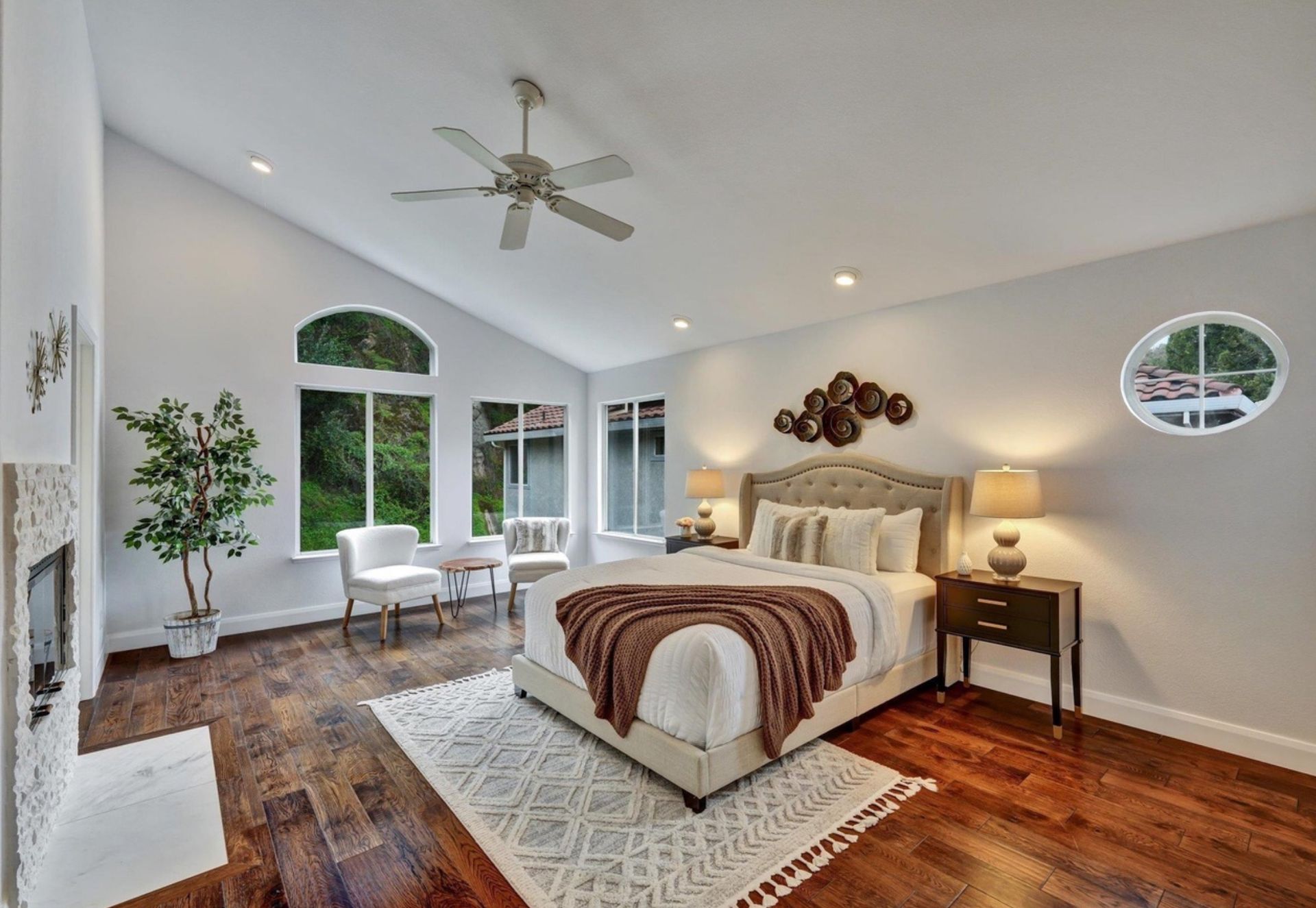
Why the senses matter more than you think—and how to use them to sell faster
When most people think of home staging, they picture stylish furniture, curated art, and perfect throw pillows. But the most successful staging goes deeper than design. It speaks to something more primal—the senses.
Sight gets the most attention in real estate. But smell, sound, and lighting quietly shape how buyers feel about a space. And feelings are what sell homes.
At Elite Staging and Design, we believe true staging success lies in the details you can’t always see. Here’s why sensory staging matters—and how to use it to your advantage.
SMELL: The Silent Deal-Maker (or Breaker)
Why Smell Matters in Home Staging
Scent is the most emotionally powerful of all the senses. It’s directly linked to memory, comfort, and mood—which makes it a hidden influencer in how buyers experience your listing.
A faint musty odor, traces of pet smells, or heavy cleaning products can instantly turn buyers off. On the flip side, a subtle, clean, consistent scent can make a space feel fresh, luxurious, and welcoming.
What Works
- Clean > Perfumed: Go for subtle, natural-smelling diffusers or candles—think fresh linen, citrus, soft woods, or light florals.
- Consistency is Key: Avoid layering different scents from room to room. Choose one clean, cohesive scent for the entire home.
- Avoid Artificial Overkill: Skip plug-ins and overly sweet fragrances. If a home smells
too scented, buyers will wonder what’s being covered up.
Bonus Tip
Bake cookies? Burn a candle? Not necessary. Today’s buyers are scent-savvy—what they want is a space that feels clean and smells like it’s been cared for.
SOUND: The Overlooked Sense That Sets the Tone
Why Sound Matters in Home Staging
Sound shapes how we perceive space. A completely silent home can feel sterile or eerie, while ambient sound can add warmth, rhythm, and calm.
Staging for sound isn’t about blasting music—it’s about subtly managing what buyers hear during showings.
What Works
- Soft, Instrumental Background Music: Think spa playlists or gentle acoustic. No lyrics, no volume spikes—just ambient comfort.
- Eliminate Distracting Noises: Close windows, silence HVAC rattles, and consider white noise machines in noisy areas.
- Neighborhood Sounds: If your home is near a school, road, or construction zone, staging with soft background sound can help mask distractions without drawing attention to them.
Bonus Tip
Sound also includes echoes. Empty homes can feel too “live.” Adding rugs, upholstered furniture, or even soft drapes can help absorb sound and make a home feel more grounded.
LIGHTING: The First Thing Buyers Feel
Why Lighting Is a Non-Negotiable in Staging
Lighting doesn’t just illuminate a space—it defines its mood. Dark corners can make a room feel small or neglected, while soft, layered lighting feels elegant and welcoming.
Buyers don’t walk into a room and say, “Great lamp placement.” But they do feel when a space is warm, bright, and full of potential.
What Works
- Layered Lighting: Combine overheads with lamps and wall sconces to create depth and softness.
- Use Warm Light Bulbs: Stick to 2700K–3000K bulbs for that golden, cozy glow.
- Maximize Natural Light: Open blinds, clean windows, and use mirrors to reflect and multiply daylight.
- Dimmers Are a Secret Weapon: They allow you to control lighting based on time of day or mood. A softly lit room in the evening feels intimate and luxurious.
Bonus Tip
Staging lighting is also about highlighting features. Use accent lights to spotlight fireplaces, art, or built-in shelving that deserve extra attention.
The Psychology of the Senses: Why This Works
Homebuyers aren’t just comparing square footage—they’re comparing how homes make them feel. And that emotional imprint happens through sensory cues long before they analyze finishes or floor plans.
By strategically managing smell, sound, and lighting, you’re doing more than staging a home. You’re telling a story—and inviting buyers to imagine themselves living it.
At Elite Staging and Design, Details Make the Difference
Our team specializes in vacant home staging across Contra Costa, Alameda, and Solano Counties—and we understand that the best staging doesn’t stop at visuals.
We think beyond furniture and color palettes. We think about flow, feeling, and first impressions. That’s why our staged homes don’t just look good—they feel unforgettable.
If you are planning to sell, let’s discuss how we can transform your home into a buyer’s dream. Call us or fill out our contact form to start the conversation.
Frequently Asked Questions: The Power of Smell, Sound & Lighting in Home Staging
1. Why is scent important when staging a home for sale?
Scent influences how buyers feel the moment they walk in. A clean, subtle fragrance can make a home feel fresh and well-cared for, while strong or unpleasant odors can immediately turn buyers off. The right scent helps buyers form a positive emotional connection.
2. What are the best smells to use when staging a home?
Stick to light, neutral scents like fresh linen, citrus, soft wood, or light floral notes. Avoid overpowering candles, plug-ins, or artificial sprays. One consistent scent throughout the home works best.
3. How does sound affect home staging and showings?
Sound plays a big role in setting the mood. Soft, instrumental background music can make a space feel calm and inviting, while silence or outside noise may make the home feel cold or distracting. Sound helps create an experience—not just a walkthrough.
4. Should I play music during a home showing?
Yes, if done subtly. Choose low-volume, lyric-free music like acoustic, spa, or ambient playlists. It should be barely noticeable—just enough to create atmosphere and soften the space.
5. Why is lighting so important in home staging?
Lighting shapes how buyers perceive space. Warm, layered lighting makes a home feel cozy, high-end, and well-maintained. Poor lighting, on the other hand, can make a space look small, dark, or outdated—even if it isn’t.
6. What kind of lighting is best for staging a home?
Use warm bulbs (2700K–3000K), and layer your lighting: overhead fixtures, table lamps, and accent lights. Maximize natural light with open blinds and mirrors. Dimmer switches are great for adjusting light based on time of day.
7. Can smell, sound, and lighting really help a home sell faster?
Yes. These sensory details shape how buyers emotionally experience a space. When a home smells clean, sounds calm, and looks well-lit, buyers are more likely to form a connection—and make an offer faster.
8. How do you stage a vacant home to feel warm and welcoming?
We use furniture, rugs, textiles, and layered lighting to add warmth. We also control scent and ambient sound to make the space feel lived-in, but not personal. The goal is to make buyers feel comfortable and inspired.
9. Should I worry about how my house smells before a showing?
Absolutely. Scent is one of the first things buyers notice—and one of the hardest to ignore. Neutralize odors (pets, smoke, mildew) before showings, and use a light, clean fragrance to create a fresh first impression.
10. Where can I find a staging company that understands sensory staging in the Bay Area?
Elite Staging and Design specializes in vacant home staging across Contra Costa, Alameda, and Solano Counties. We go beyond furniture—we craft full sensory experiences that help listings stand out and sell quickly.


